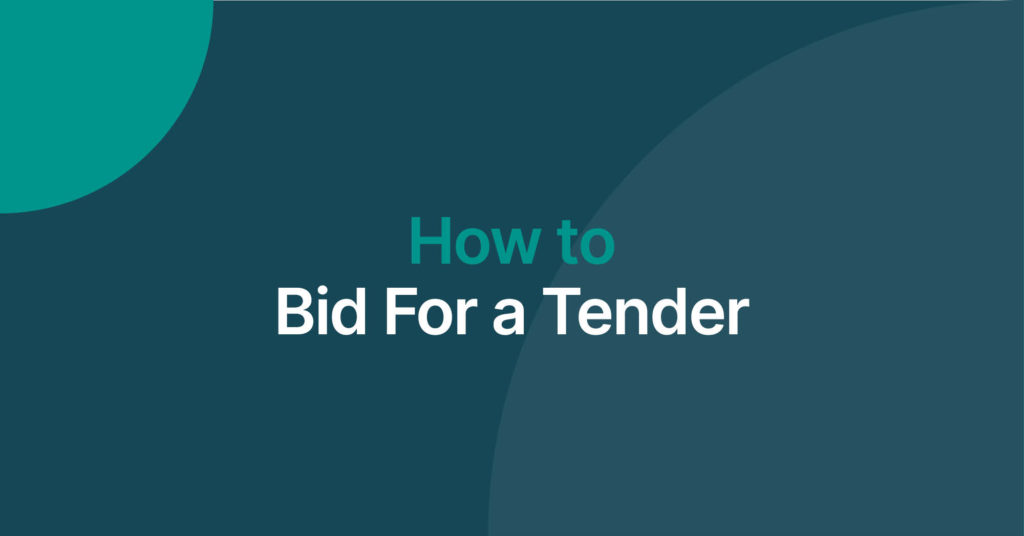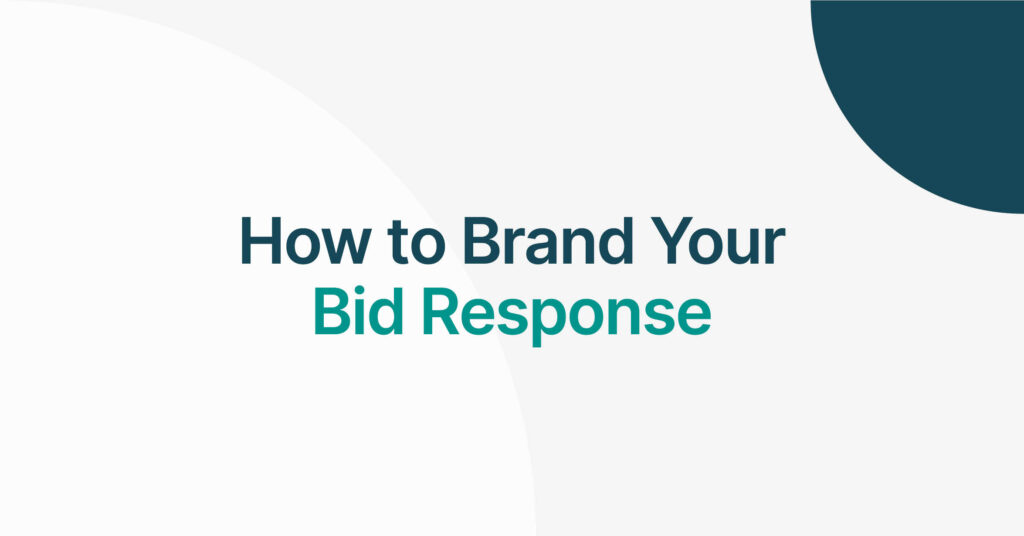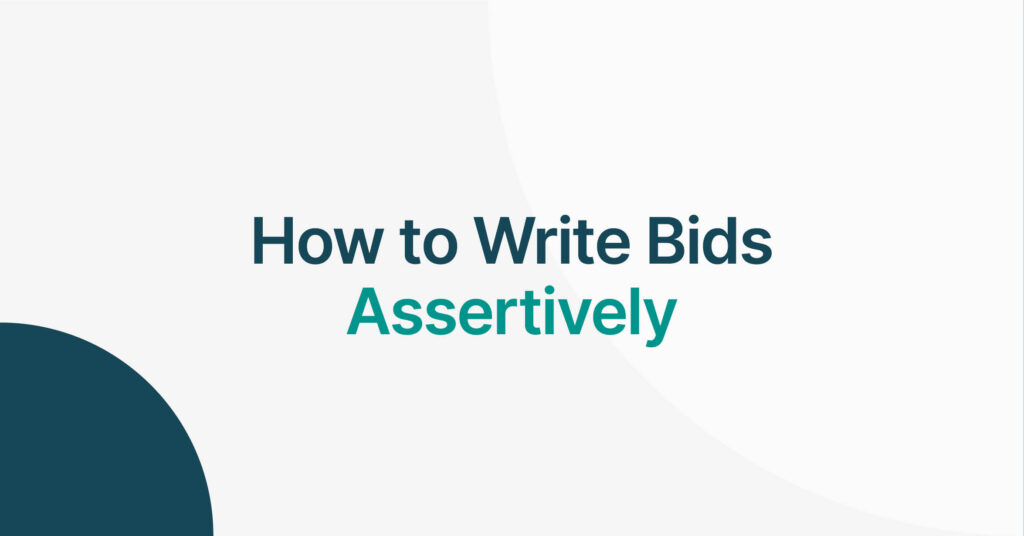Opportunity Breakdown
Opportunity breakdown
The most important thing you need to do when breaking down a tender opportunity is to digest all of the information on the tender documents. Even if you have decided whether or not to tender based on the initial notice information, make sure you read the details about the buyer’s requirements in the fine print.
Take a look at our concise, ten-stage method breaking down a tender opportunity, ensuring you don’t miss important details, crucial information and make sure you are going for the right opportunity for you! Breaking down the tender opportunity is a crucial first step that everyone must undergo.
We’ve been told many stories from clients who have started their tender responses and then have realised they don’t hold a specific accreditation that is needed to pass to the next stage, as this was on page 12 of the specification, for example. By fully digesting the tender documents – they would have realised this from the outset, rather than wasting precious time, money and resources because of a slight oversight.
We’ll soon be looking at the best way to digest specifications and tender documents in our develop and excel packages here on Tender VLE.
This all starts with breaking down the opportunity effectively:
We look at 10 key stages when undergoing a breakdown of the opportunity at hand and drill down even further to ensure more specific questions are answered, helping our customers with their bid-decision making process.
1. The contract or project title
A very simple and obvious some may say – and they’d be right – if you’re a growing company and are tendering for multiple works, this will help you keep all your tender breakdowns separate.
2. Buyer details
You need to ask yourself: Who is it that is procuring or buying the services? Are they considered your target buyer or a buyer within a particular sector? Do you have experience with a similar client?
3. Location of delivery
Make sure you identify WHERE the contract is aimed to be delivered and consider how far you may have to travel and whether or not this will be worth the outlay.
4. Delivery length
Look for the length of the contract, this could be range for example, from 5 days to 5 years. Then, ask, given the length, is it worth the effort applying? Is there the possibility of the contract being renewed or extended?
5. Budget and value
Cost is important, and many marks could be lost here; consider whether you can afford to put in a competitive offer.
6. Deadline
Consider how much time you envisage needing to complete your response, that is, do you have enough time to ensure you provide a detailed and high-quality response that does justice to the services you provide? If not, then it probably won’t be worth applying.
8. Evaluation scope
Make sure you understand how the tender is evaluated, find out whether the focus in on cost or quality, or even on both.
9. Description of requirements
Ensure you fully understand what the key objectives are, and exactly what the buyer requires, and whether or not you have enough experience to deliver these.
10. Tender plan
Assess the work involved in actually composing your response. If there is a 3,000-word limit on a specific question, make a note of how long you think this will take, given the content you already have internally.
In an ideal world, we would love for buyers, both public and private, to detail all the above information clearly from the outset, so decisions can be made more efficiently by suppliers. Sadly, this is not always the case.
If you require any further support, visit our Tender Consultants today or join the discussion on our LinkedIn forum.
ACCESS OUR LINKEDIN FORUM HERE
SPEAK TO OUR TENDER CONSULTANTS HERE








